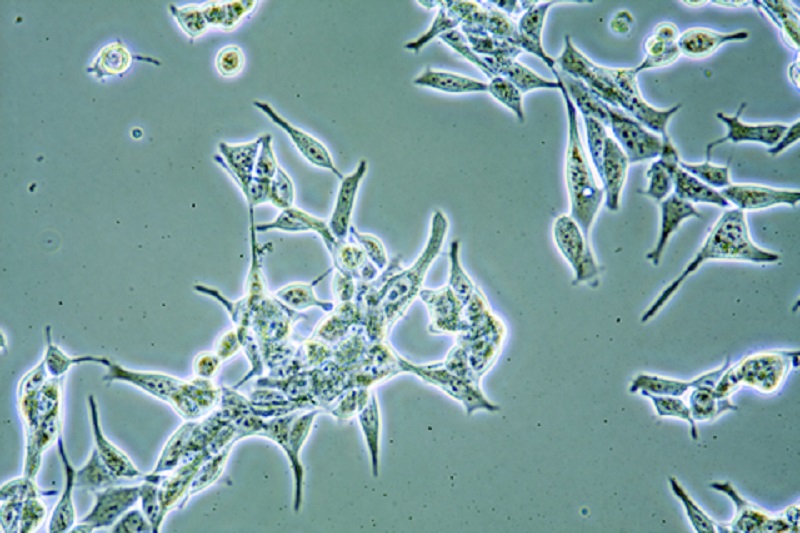Cancer is always a tough subject. For too many people, it hits home. Family, friends, and themselves, deal with the ravaging affects of this disease and its treatments. There are a multitude of problems with the way cancers are traditionally treated. The very method of chemotherapy kill off our healthy cells as well as the cancerous ones. This is a major health problem, as it is also one of the only options offered to cancer patients.
Let us share a little about how cancer cells behave:
Some cancer cells are able to develop a resistance to treatment, even hide from your immune system. While your immune system does kill off some smaller cancer cells, it is unable to kill them all. The reason for this, is the cells’ ability to become invisible to your immune system, therefore the immune system is not a natural threat to all cancer cells. The cancer cells take on a “cloaking” device which acts as a shield from the effects of the immune system.
An insoluble protein called Fibrin, has been found in large amounts of most cancer tumors that are tested. Researchers discovered fibrin since before the 1960’s when studies showed that fibrin, which stops blood flow, is the major cause of cancer cells’ persistent growth, according to Dr. William Wong, ND, pHD.
Cancer cells are covered with fibrin and as the cells bind themselves together, tumors are formed, which are then also covered with fibrin. The thick coating of fibrin forms to protect the cancer tumors from our immune system, and therefore they can grow uninterrupted. Since we now know that fibrin is what forms around cancer cells and then around the tumors, it would only make sense to find out how to strip the fibrin away so that our immune system can gain access to the cancerous cells.
Studies show that Proteolytic Enzymes Dissolve Away Cancer’s Shield in Drug Tests:
According to the journal, Medical Hypotheses, there are drug studies that show that proteolytic enzymes are used just for this purpose, to dissolve the fibrin so that the cancer cells can be tested. Why cancer drugs containing proteolytic enzymes are used and work in the laboratory but not used in the same way within the real world setting is the ultimate question.
There are some cancer patients that just happen to be taking a proteolytic enzyme for another unrelated reason and in those cases the fibrin is broken down and the cancer cells are able to be reached by the patient’s immune system. A few other forms of enzymes have been used in cancer studies since 2007, such as, bromelain, which is found in the core of pineapples. Bromelain was used on animals with cancer and was found to work much better than chemotherapy and minus the toxic side effects.
Cancer studies are conducted daily and who knows what other conditions within the body may play a role in the immune system’s lack of response. There could be other medical conditions that require medication, that play a role in the cancer cells’ growth or other prescription medications themselves could also be a factor.
